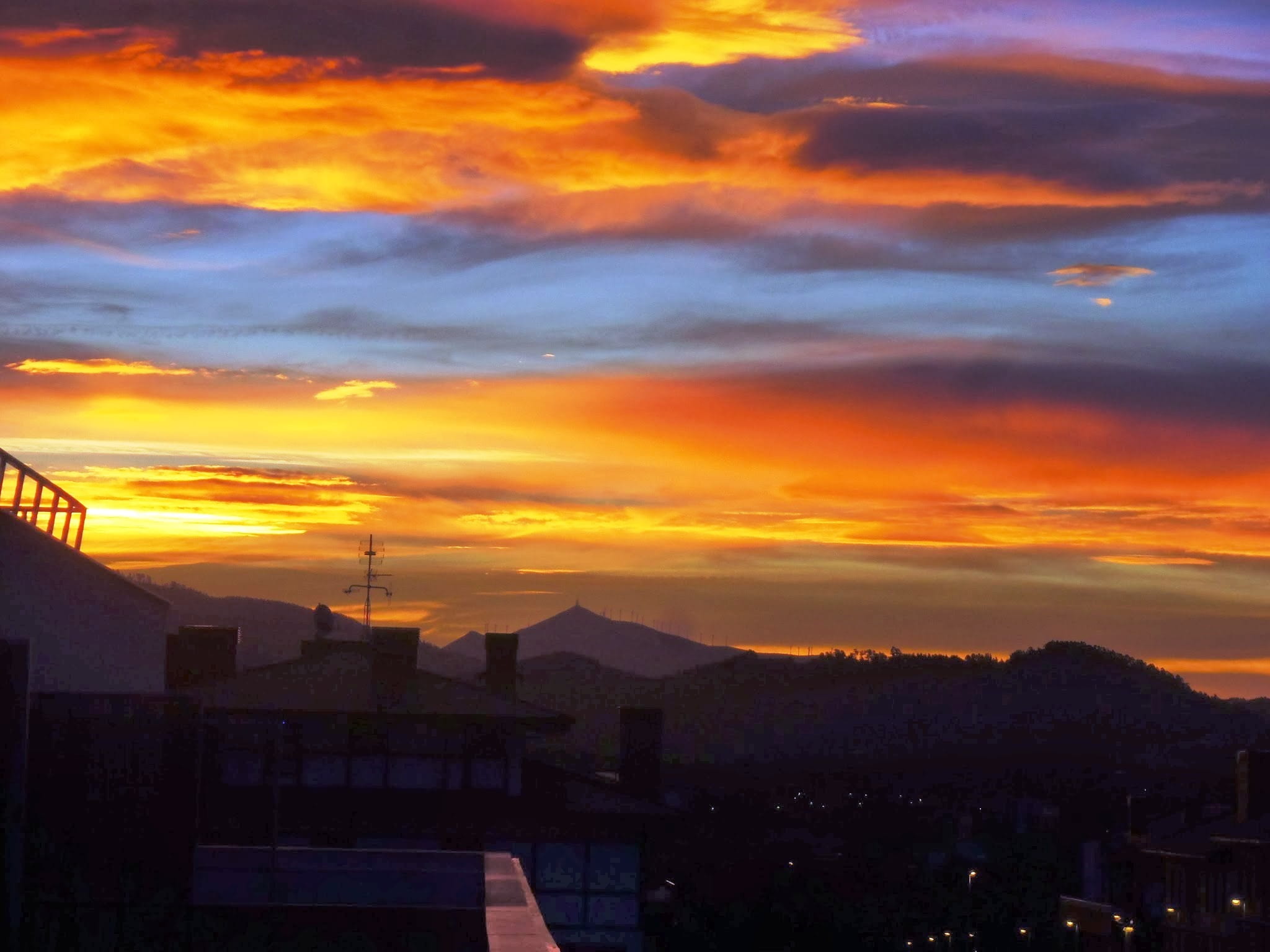Part of the goal of our internship is to provide adequate documentation of our process. Whereas some websites leave you hanging as how something was created or how to use it as a source, one of our aims aside from exploring the Kim-Wait Eisenberg Native American books has always been to provide transparency. To start off this process, it will be helpful to begin recounting the process thus far. Rather than boring everyone to sleep with a timeline of what happened, I’ll just cover a few salient topics.
Author: vturner14@amherst.edu
Erecting the Backbone
At this moment, prospects for the DS Summer Project are still inchoate and hazy. After a week of exploring secondary sources, digital tools, we purposefully splintered ourselves into five proposals to see what projects might be best. Some common themes that emerged from the proposals we discussed were
1. Future in curriculum and student research
2. Geographic data and visualizations (sometimes referred to as maps)
3. Use in scholarly research
4. The value of book covers (the artifact itself, not just texts of books extracted with OCR)
5. Videos (short interviews of scholars, screencasts to explain how to use a website)
Most of our potential projects are broad in scope, and involve Herculean tasks like hunting down publicly accessible/accurate historical maps for each decade from the 1770s onward, or scanning and processing each of the 1300-odd covers of the collection. We are looking at projects such as a searchable gallery of book covers and author portraits or an interactive stack of map layers related to Native American history. Some problems arise with how comprehensive we’d like to be (for example, attempting to scan all of the book covers, or just some of them?) and how useful and interesting our site will be. I tend to get attached to thinking in terms of which tools seem most promising, rather than looking at broader questions of what scholarship should come out of the project’s use.
In the next week we’ll be meeting with Amherst Professors Kiara Vigil and Lisa Brooks of the American Studies Department to discuss what needs and interests the faculty can bring. By then, we should have locked into a fair idea of our project backbone so we can begin the work itself.
Word of the Week: orphan work
n. An orphan work is still in copyright but the work’s creator or their representative cannot be found. In this case, digitizing can be iffy because a relative might come knocking and wondering why you are sharing their copyrighted materials. However, some universities agreed to make orphan works available, saying that fair use of orphan works will help scholars and the public.
Meeting with the Antiquarian Fellows
This week the DS interns met with five of the AAS (that’s American Antiquarian Society) Fellows, who are here to dip into the Kim-Wait Eisenberg collection. Each fellow’s focus ranges from more recent books in the collection to works from the 1820s by William Apess (who changed the spelling of his surname from “Apes”). Their consensus on the KWE collection is that the KWE is one of the largest collections of its kind, and as some of the first eyes looking it over for potential scholarship, we should feel free to use its size (approximately 1,300 volumes) to talk about Native American literature as a whole.
Our project might begin with the literature that escapes simplified timelines of Native literature. While some scholars stillpoint to the watershed in Native literature following House Made of Dawn by N. Scott Momaday (1968), the AAS fellows pointed to other turning points in Native authorship and Native involvement in printed material, both in the 1800s and the 1920s. Written works by Native writers stand for a history that predates the admittedly Pulitzer-Prize-winning House Made of Dawn, something that the modern-day community can use to situate narratives of Native literature. While we begin to focus our internship on project proposals, one of our goals will be to represent the breadth and variety of works by Native writers since our two-hundred-and-forty-three year old printing of a speech by Samson Occom.
Word of the Week: ingest
vb. to take in, to absorb
In libraries and archives, this verb does duty far past the usual descriptions of victuals. For example, you might hear someone say some records need to be “ingested into the collection” without a trace of hilarity.
It makes me wonder how useful this word might be in other, broader senses – “I want to ingest this vocabulary before I leave for Brazil.”
Tech + Text
What makes a DH/DS project work or splutter out depends partly on the wedding of digital tool and project materials. With the wrong combination, the whole project can go awry. This week we took the time to consider how the KWE Native American book collection might cooperate with one of the tools we’ve “sandboxed” to get a feel for.
- ArcGIS. After completing a four-day, twelve-hour workshop in ArcGIS, we got a feel for the capabilities of importing census data, using different map projections, and layering on features like rivers or elevation data. In theory, this could provide a way to look at the KWE, perhaps using locales mentioned in the texts or mapping out the publishing houses over the decades. Continue reading Tech + Text
Word of the Week: 245
In the language of libraries, MARC, 245 is the code for a title.
So if you’re looking through MARC records, full of indecipherable numbers and their corresponding entries, you might see 245 A wrinkle in time
MARC was created in the ’60s (“Machine Readable Coding) so it is quite dated nowadays, but it sticks around because it’s still doing the trick for libraries and has been the standard in the US since the ’70s.
Word of the Week: WYSIWIG
literally, “what you see is what you get”
n. the proliferation of little icons in a menu that let you edit web pages without coding a single line.
Digitizing the Kim Wait Eisenberg
I’m a digitizer. I’ve been digitizing since I was ten years old and my mother told me to throw out some of the papers I had boxed (one file box for each grade, 1 – 4). I was instructed to snap photos with our bulky point-and-shoot and clear out the boxes. I’ve been doing that ever since, digitizing my own past once in a while (though I can’t say I’ve ever looked back at any of those photos). The key to any digitization that might happen through the KWE Collection, whether it be the covers of novels for images or texts of pre-1923 works for text mining (no, copyright does not and at this rate will not allow anything post-1923 to sink gracefully into public domain).
Some topics that have drifted across my radar in the KWE:
Digital Scholarship from the Digital Humanities
Digital scholarship is a reworking of the field digital humanities (DH), a retroactive fiddling to try and encompass more of fields like social sciences that were originally left out from DH. After working in these fields for the fair span of two days, one question has emerged most prominently for me about this field – what is digital humanities?
Continue reading Digital Scholarship from the Digital Humanities



